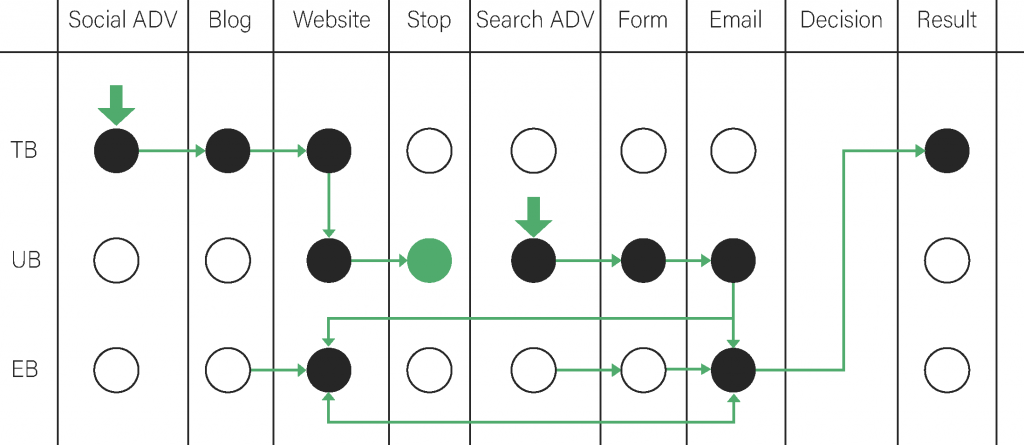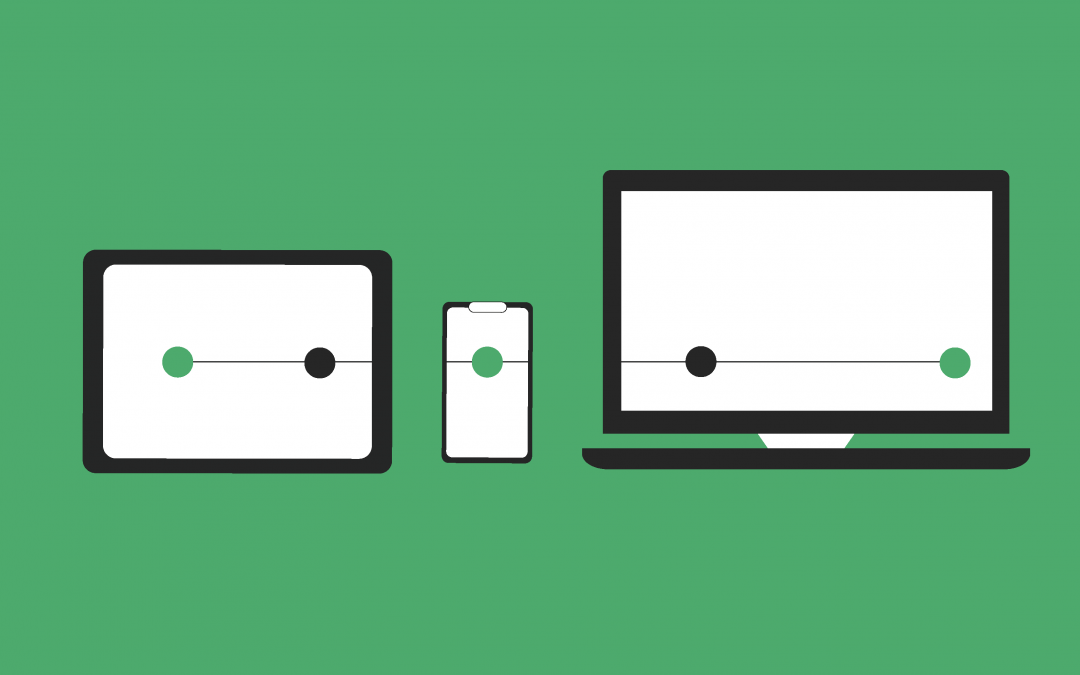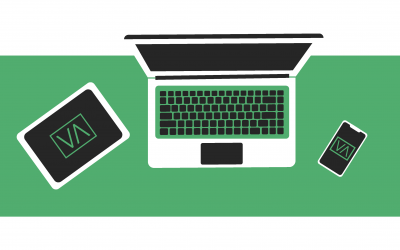The path to purchase in the B2B world is a complicated journey, made of touchpoints that describe the beginning of the relationship between two or more companies in a more or less wide time frame. As a matter of fact, some companies need weeks to close a negotiation, and others require months, and still, others take years to get an order. In this case, we are talking about a complex sale.
As Vehnta, because of our strategic choice, we aim to support our customers with the generation of new commercial opportunities. Our mission is to select and qualify new sales contacts using digital tools to develop a new business strategy. For this reason, we have decided to share a post that describes the potential digital path carried out by the buyer.
The following article will describe the possible scenarios from the first hint of brand awareness up to the start of the commercial negotiation: we wrote it based on the method that we propose to our clients. The path that we are about to describe ends with the negotiation phase, in which our customers will directly manage to start the sales process with a series of meetings.
From the first brand awareness to the beginning of the negotiation, this path is characterized by touchpoints: these are moments of contact during the path of the customer that helps shape the decision-making process. Before facing the topic, let’s quickly see the path that will have to be carried out by the potential buyer before the negotiation and purchase phase—a path known as the customer journey.
What is the customer journey?
The customer journey is the path that a potential customer will undertake before becoming a client. During the first steps on this path, this potential customer could already know the selling company because maybe in the past, they have already bought from this company or have already gotten in touch with its sales managers. Instead, in the most complicated case, the potential buyer does not know the company from which they will hopefully buy. Therefore, the customer journey is the potential buyer’s itinerary when they establish a relationship with the selling company. It is a story of their bond that can start from previous mutual knowledge or a new relationship that arises and grows along the path.
However, this journey is rarely really linear. As a matter of fact, it hardly happens that a company sees the advertisement of another company, contacts this company, and buys the product. Usually, the path is far more complex: especially in the B2B market.
This is why the analysis and definition of the touchpoints, which, as previously mentioned, are moments on the customer’s path that helps build the relationship, are highly significant.
Touchpoints to shape the path to purchase
Touchpoints are contact points between the buying company and the selling company. There are different kinds of touchpoints, which can be online or offline. Today we focus on online touchpoints for a B2B customer journey, analyzing their characteristics and differences.
A digital customer journey for a B2B negotiation can include the following tools:
- Website – It is the calling card that helps to build a good first impression. The website will have to be responsive, suitable for both PC and mobile phone, have a modern layout, be organized with many original contents, be safe, have a well-thought-out UX, technically precise, and reliable.
- Chat – This could be the first contact with your potential customer, and therefore, if activated, the chat must be constantly monitored and managed by someone. Chatbots can be helpful for repetitive activities but, in the case of a B2B company, it is always helpful to start a relationship among people.
- Newsletter – A subscription to your newsletter can retain your prospects and start a nurturing activity on your targets. Anyway, pay attention to frequency: too frequent communication could indeed cause the opposite effect and therefore distance the target from your company.
- Blog – It is undoubtedly one of the essential tools for a B2B company. As a matter of fact, if the company blog is efficiently managed and composed of original content, then it will be a continuous source of search visits to your website. The blog generates web presence and positioning among the targets that are in contact with the content.
- Referral – The fact that other companies or, more generally, other websites talk about your company could be a positive factor: both for your reputation and your positioning among the pages of search engines (if the mention is connected to a link that redirects to your website). If possible, we suggest always facilitating and encouraging this kind of collaboration.
- App – For some B2B, an app could be an engaging touchpoint. It is a tool that has to be used only in specific situations, for example, for a broad retail network, which can significantly benefit your positioning strategy.
- Social media – In the B2B world, we mainly consider LinkedIn and YouTube when talking about social media. These two tools can indeed be used for strategic positioning in the B2B market. On the contrary, other social media such as Facebook or Instagram will have to be included in a B2B strategy only if necessary to the content marketing strategy or contact new targets. Otherwise, as a lot of past cases have shown, they may only damage the image of your company.
- ADV on search engines – To advertise on search engines is helpful to generate visits to the website, position the company, and benefit from insights that campaigns like this can bring in terms of targets and keywords analysis. One of the most crucial steps, when we decide to activate an ADV campaign on search engines, is the design of the UX. Considering that visits to the website will be paid, it is fundamental to best design content to show and the path that the user will have to face among your “digital assets”.
- ADV on social media – Contents, and UX, as for ADV on search engines, are very significant also for ADV on social media. The main difference between the two activities is that ADV on social media are, in B2B terms and, according to us, very useful with a view to brand awareness. When planning a social media ADV strategy, we will have to define objectives oriented to that goal and not others. Social media might be very helpful in a wide-ranging strategy, but, at least for B2B, if they are not used together with other tools, they usually do not result in direct achievements.
- Email – It is the first personal contact between the company and the potential customer. Therefore it will be necessary to manage this tool carefully, both on the functional and the aesthetical side. Indeed, both the content of an email and response times are crucial factors: the attention paid to every aspect can really make the difference.
- Marketing Automation – In this case, we mean a system of multiple emails that, through workflows, will have to reach specific objectives. As for the example of email, this is a potent tool that has to be used carefully, checking and analyzing each detail.
You may have noticed that the phone call and the meeting are missing from this list: in this post, we have indeed decided not to deal with this topic as it is already part of the sales activity. As mentioned in this post, we focus on the digital customer journey that precedes the first meeting.
Once possible digital contact points have been identified, it is now time to understand how they interact with each other and in the relationship with the potential customer.
Staying on the theme of touchpoints, it is also essential to understand metrics and evaluate their impact on the potential client’s customer journey. It is undoubtedly an exciting topic, but we will not examine it in depth in this post: if you are interested, we suggest you read the article Marketing Touchpoints.
The post is oriented towards e-commerce, but it is definitely explanatory and easy to read. It is oriented to sales, even though more towards the B2C world, which makes it particularly incisive. Let’s now get back to the central theme and look at some examples of interaction among touchpoints inside some examples of the customer journey.
An evidently non-linear path
As previously mentioned customer journey, especially in the B2B sector, is a complicated journey composed of multiple touchpoints. An easy example of customer journey may be the following one:

In this specific case, the user, a technical buyer (TB), has gotten in touch with the brand thanks to an advertisement on social media. From this first trigger, the user has accomplished the expected path, a passage on the blog and then on the corporate section of the website. At this point, the user has gone out of the path. The second trigger that has rekindled his or her interest is an ADV on search engines, therefore activated by a search of their choice: a key moment when the user was looking for the resolution to a problem. At this point, the user has filled in a form with name and email and has been contacted with an email. Therefore, the path has ended with a request for a quotation or a meeting.
The complexity, however, does not end here. Until now, we have analyzed digital customer journeys related only to the first part of the relationship, and, above all, we have considered a single interlocutor. In a B2B world, negotiation is instead activated by a purchasing system of more than one person. Each person part of the system will have a personal customer journey, which will cross with the customer journey of every subject of the group considering the interactions among various elements. For example, the customer journey of a person could be activated by a colleague that forwards to this person a different input could simultaneously activate an email, or another subject of the purchasing system while the remaining part of the system had already been activated through different touchpoints.
As we said, this is a complex theme but, as for the previous situation, let’s see together an example that could involve the technical buyer (TB), the user buyer (UB), and the economic buyer (EB). For further information on what we in Vehnta mean by purchasing system and about the figures involved, click on this link: purchasing system.

We can easily see that the complexity increases by adding elements to the system. Like in the first case, the technical buyer (TB) gets in touch with the brand thanks to an ADV on social media, but, as this time, the buyer is part of a purchasing system. Instead of proceeding independently, they involve the user buyer (UB). The UB, after he has visited the website, stops and leaves the path. Also, in this case, the second trigger (search ADV) rekindles the buyer’s interest. Therefore, after having gotten in touch with the company, they decide to involve also the economic buyer (EB) that, after studying the company’s website, asks the TB to contact the selling company.
As we can observe by the previous examples, described only for explanatory purposes as real possibilities are almost unlimited, the customer journey can be a very complex path.
We in Vehnta can advise wisely evaluating which touchpoints to activate and manage them with great attention. Considering especially the case of a potential client that does not know your company yet, for each touchpoint with critical issues or various problems, which can be technical, aesthetical, or regarding contents, your targets will take a step back in the path. Therefore, it is essential to manage every touchpoint and step in the name of coherence and style: to move into the digital world by paying attention to our strategy.
For further advice on these subjects, contact us by email through the following form.






